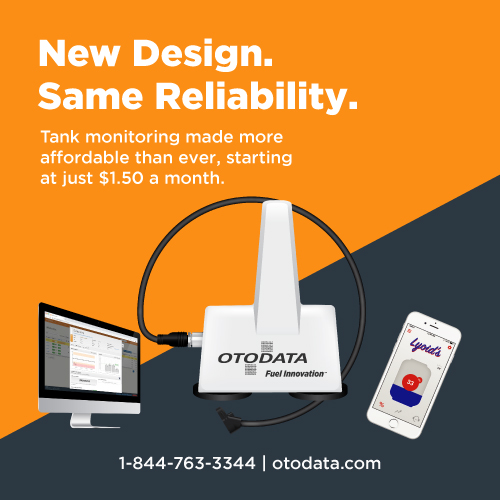Managing Propane Delivery Risks

Risk management is critical to running a propane delivery business. Here, we present a number of essential steps and strategies for managing risks and ensuring your business’s safety, compliance, and sustainability.
1. Identifying Potential Risks
Conduct a thorough risk assessment to identify potential hazards related to propane delivery, including transportation, storage, handling, and environmental factors.
2. Developing Safety Protocols
Implement comprehensive safety protocols for your operation. Regularly update these protocols to comply with industry standards and regulations.
3. Regular Employee Training
Ensure that all employees receive ongoing training in safety procedures, emergency response, and proper handling of propane.
4. Maintaining Equipment and Vehicles
Regular maintenance of delivery vehicles and storage equipment is vital to prevent accidents and ensure operational efficiency.
5. Implementing Emergency Response Plans
Develop and regularly update emergency response plans. Conduct drills to ensure that all employees know how to proceed in case of an accident or emergency.
6. Insurance Coverage
Maintain comprehensive insurance coverage tailored to the unique risks of the propane delivery industry.
7. Compliance with Regulations
Stay up-to-date with industry regulations and ensure full compliance to avoid legal issues and fines.
8. Customer Education
Educate customers about propane’s safe use and handling. Providing clear instructions and safety information can help prevent accidents.
9. Monitoring and Reviewing Risks
Regularly monitor and review the risks associated with your business. This includes assessing new threats and adapting your risk management strategies accordingly.
10. Investing in Technology
Utilize technology, such as GPS tracking for vehicles and leak detection systems, to enhance safety and operational control.
A Business Essential
Effective risk management is essential for a propane delivery business’s smooth and safe operation. By proactively identifying and addressing potential risks and staying compliant with safety and regulatory standards, companies can protect themselves, their employees, and their customers while ensuring long-term success and sustainability.
















